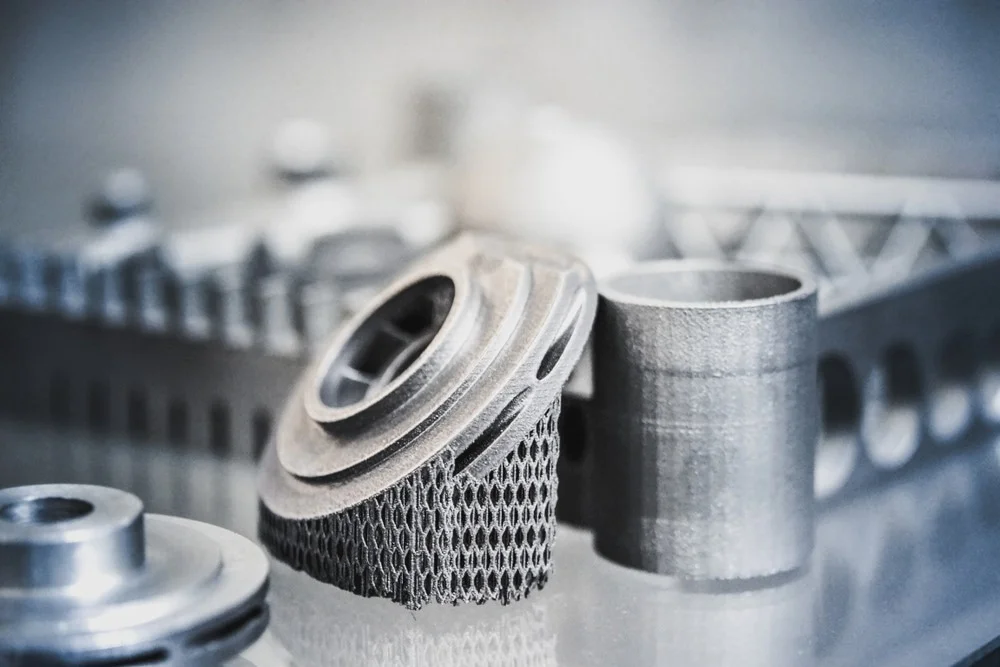ASTM E228 Linear Thermal Expansion at Elevated Temperatures
The ASTM E228 standard specifies a method of determining linear thermal expansion (LTE) rates of materials, particularly metals and alloys, under elevated temperature conditions. This test is crucial for understanding how materials behave in high-temperature environments, which is essential for applications such as aerospace, power generation, and manufacturing industries.
High-temperature creep testing complements ASTM E228 by evaluating the deformation behavior of materials under constant stress at elevated temperatures. Understanding LTE under these conditions helps engineers design components that can withstand the rigors of high-temperature environments without failure.
The ASTM E228 test follows a precise procedure where specimens are subjected to controlled thermal cycling while being monitored for length changes using a precision gauge. This method ensures accurate measurement of LTE, which is critical for predicting material behavior in real-world conditions. The test can be conducted on various materials including metals, ceramics, and polymers.
The ASTM E228 procedure typically involves the following steps:
- Preparation of the specimen to ensure it meets the required dimensions and tolerances
- Mounting the specimen in a thermal chamber capable of maintaining precise temperature control
- Applying controlled heating or cooling cycles at specified rates
- Monitoring length changes using high-precision gauges
- Data collection and analysis to determine LTE rates
The ASTM E228 standard is widely recognized for its accuracy in measuring LTE under elevated temperatures. Compliance with this standard ensures that the results are reliable and can be compared across different laboratories.
Understanding LTE at high temperatures is crucial for industries such as aerospace, power generation, and manufacturing. In aerospace applications, materials subjected to high temperatures need to maintain structural integrity and performance over extended periods. Power generation components operating in boilers or turbines also require materials that do not degrade under prolonged exposure to high temperatures.
In the context of manufacturing, ASTM E228 helps ensure that materials used in critical components are suitable for their intended applications. By understanding LTE rates at elevated temperatures, manufacturers can select appropriate materials and design components that will perform reliably under expected operating conditions.
Scope and Methodology
The ASTM E228 standard defines a method for determining the linear thermal expansion of metals and alloys at elevated temperatures. The primary goal is to measure the rate of change in length per degree rise in temperature over a specified temperature range.
The test involves preparing specimens that are then mounted in a thermal chamber capable of maintaining precise temperature control. Specimens are subjected to controlled heating or cooling cycles, with data collected using high-precision gauges. The method specifies the use of reference materials and calibration procedures to ensure accuracy.
ASTM E228 defines acceptance criteria for LTE rates based on material type and intended application. These criteria help in validating the suitability of a material for specific applications. Compliance with these standards ensures that the test results are reliable and can be compared across different laboratories.
The ASTM E228 standard is widely recognized for its accuracy in measuring LTE under elevated temperatures, making it an essential tool for industries reliant on materials performance at high temperatures.
Benefits
Compliance with the ASTM E228 standard offers numerous benefits to quality managers, compliance officers, R&D engineers, and procurement professionals. These include:
- Enhanced Material Selection: By understanding LTE rates at high temperatures, materials can be selected that are suitable for their intended applications.
- Predictive Maintenance: Knowledge of material behavior under elevated temperatures allows for more accurate predictions of component lifespan and maintenance needs.
- Improved Design: Engineers can design components using materials that will perform reliably under expected operating conditions, reducing the risk of failure.
- Regulatory Compliance: Ensuring compliance with ASTM standards is essential for meeting regulatory requirements and avoiding costly penalties.
- Innovation: Understanding LTE rates can drive innovation in material science, leading to the development of new materials and technologies.
The ASTM E228 standard also ensures that the test results are reliable and repeatable, providing a consistent basis for decision-making. This consistency is crucial for maintaining quality control throughout the manufacturing process.
Why Choose This Test
- Accurate Measurement: ASTM E228 provides a method to accurately measure LTE rates under controlled temperature conditions, ensuring precise and reliable results.
- Industry Recognition: Compliance with this standard is recognized by industry experts, ensuring that the test results are credible and widely accepted.
- Regulatory Requirements: Many industries have regulatory requirements that mandate compliance with ASTM E228 for certain materials and components.
- Predictive Performance: Understanding LTE rates helps in predicting material performance under high-temperature conditions, enhancing product reliability.
- Advanced Technology: The use of advanced instrumentation ensures that the test results are accurate and repeatable, providing confidence in decision-making.
- Comprehensive Reporting: Detailed reports generated from ASTM E228 testing provide comprehensive insights into material behavior under elevated temperatures.
The ASTM E228 standard is widely recognized for its accuracy and reliability, making it an essential tool for quality managers, compliance officers, R&D engineers, and procurement professionals. By choosing this test, these professionals can ensure that their materials meet the highest standards of performance and reliability.





